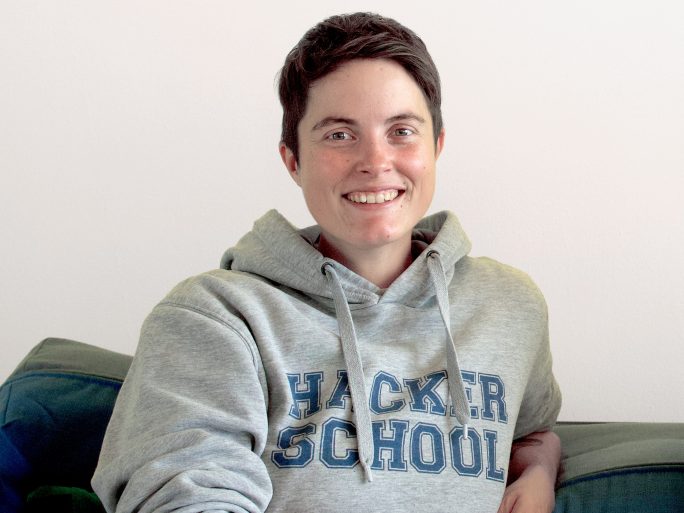World Women’s Day: AI Offers the Greatest Potential for Women

Current studies show that the proportion of women in IT is still below 20 percent. What are the reasons for this? Is it male dominance that makes it difficult for women to gain a foothold in IT?
Are women less interested in IT? We asked Steffi Susser, CEO of LSx creative studio.
How do you assess the role of women in STEM professions in the DACH region, especially in the technology sector?
In my view, women are still severely underrepresented in IT, especially at senior management levels. This is certainly not due to a lack of skills or interest, but rather to outdated but very persistent stereotypes. For many, technology is still – at least subconsciously – a male domain. Furthermore, most role models in the tech sector are men, not because there are no qualified women, but because these women still lack visibility.
What do you think is being done well at school and training level, and what initiatives do you think still need a lot of work?
It is definitely a step in the right direction that digital education is increasingly becoming the focus of school education. Teaching digital skills at an early age not only prepares children and young people for the demands of our digital world, but also enables them to play an active role in shaping it. However, I have the impression that the ambitious plans of politicians often fail in practice due to the real conditions in schools. This leads to considerable differences in the quality and depth with which digital topics are dealt with in everyday school life.
I see a further problem in the lack of practical relevance. Only if we show children and young people the creative possibilities that programming and technological skills open up to them can IT lessons become lively, interesting and far from dry and abstract. It is crucial that young people learn how they can use technology to turn their ideas into reality. There is a clear need for action here to make digital education an exciting and creative challenge beyond the compulsory program. Personally, I would never have found my way into IT without the commitment and inspiration of two IT teachers who introduced us to this creative approach to technology.
Which job profiles do you think have the greatest potential and/or the most opportunities for women?
I definitely see the greatest potential for women in the field of artificial intelligence. Women helping to shape these pioneering technologies is not only desirable, but absolutely critical. Diverse teams are essential to ensure that we don’t simply reproduce mistakes and stereotypes of the past. We are faced with a wide range of new and exciting professional fields in which women can not only be successful, but are also called upon to contribute their knowledge and experience from other fields. Diverse perspectives are essential for the equitable and inclusive development of these technologies – and for this we need women at the forefront of research, development and application.
How have you experienced the last year, has the gap narrowed or is the situation similar?
I have the feeling that the situation is improving – but far too slowly in my opinion. Even though the number of female founders in the tech sector is developing positively, women still face many challenges in an industry dominated by men. It is absolutely crucial that we make female role models even more visible and provide them with platforms to inspire other girls and women to perhaps follow a similar path. The presence of successful women in the tech industry and the knowledge that someone has already successfully followed this path can be incredibly inspiring and make it easier to enter the industry.
Do you think the necessary measures are being taken to narrow this gap? What do you think should be done to achieve this?
There are already many companies that are leading the way with really great initiatives and making great progress. However, efforts to promote diversity and inclusion are not enough if they are limited to marketing and are not deeply integrated into the corporate culture and strategy. This is exactly what needs to change. For companies, it’s too easy to blame the lack of IT professionals and women in IT solely on schools and politics.
There are great ways to get girls actively interested in STEM, such as Girls’Day and, of course, our Girls Hacker School. We have been inspiring girls and women for IT with this format since 2020 and are planning to expand our successful format to Austria soon.
![]()
Steffi Susser is a freelance UX designer and
Founder & CEO of LSx creative studio e.U.